Playground Impact Attenuating Surfacing Course
Putting Theory into Practice
Statement of Purpose:
Falls in a playground are not the problem, rather it is the sudden stop when a child encounters the surface that results in the injury. The frequency and severity of an injury will generally be determined by the impact attenuating properties of the surface and the height from which they fell. Although some believe that the orientation of the child when landing on the surface has a bearing on the outcome that is only partially true and then only to a minor extent since irrespective of the child’s body orientation or physical makeup the severity of the injury is totally on the performance of the surface. With 72-78% of playground injuries around the world being related to falls to the surface, failure to specify, purchase, install and maintain surfaces that consider injury outcome is a travesty to all users of the playground. It is the role of professionals to understand the performance of surfacing in relation to injury outcomes and install a surface that results in injuries that are below the tolerable level.
The Canadian Playground Advisory and the International Playground Safety Institute have partnered to develop this first of its kind two-day comprehensive education and training program on the role of playground impact attenuating surfacing in relationship to injury frequency and severity.
Overview:
The playground practitioner and stakeholder must understand the performance standards related to the impact attenuating surfacing and their relationship to injury prevention. This includes the history of medical studies, various international safety standards, and the development of performance measures such as Gmax, Severity Index (SI), and Head Injury Criteria (HIC) and why they will remain the measures for the coming years. Children want to climb high. They want to challenge themselves and their peers, but with height comes with consequences for a greater velocity at the point of impact. How this force at impact is addressed must be addressed at the time the playground equipment and related use zone surfacing are being specified prior to purchase. Those responsible for the final playground design must have a thorough understanding of the various performance requirement measures and testing procedures from the point of view of injury outcome. Many times, there is a conflict with the need to provide a “soft” surface for the prevention of injury and a “firm and stable” surface to allow people with diminished ability to use the play space. The selection of a surfacing type or supplier is further complicated with the need for long-term “functional” longevity. The life expectancy and compliance of a surface can be monitored and confirmed through field testing. Realistic product warranties beyond the typical one year for normal wear and tear are a must. Surfacing purchasing specifications and contract documents need to be performance-based. These are all important considerations for the playground owner and designer when considering all the variables that can impact the performance of the surfacing, such as; fall height of equipment versus critical height of the surfacing, site preparation, initial cost of installation, the life-cycle cost of maintenance, installation and repair requirements, harsh environments, excessive wear, and accessibility for those with mobility limitations is generally a difficult balance for many surfacing systems.
Outcomes:
The participant will fully understand the history of injury performance and the degrees of injury severity associated with increasing impact forces. There will be a discussion of the key elements in the writing and requirements for comprehensive specifications and warranties for playground surfacing that cover the needs of an owner at the time of installation and over the following 2 to 12 years of the installation, remembering that the playground surface is an asset with high replacement cost consequences. The playground practitioner will be versed in the performance of field testing and they will understand how to set both drop heights and performance values for impact attenuation, as well as being able to set measurements for accessibility. Each participant will be provided with a report template that covers the new requirements for surface field testing according to the ASTM F3313 and the new Specified Height Test F3351. Although it is not the focus of the course, the participant will be able to assess their own organization’s tolerance for risk for liability in the playground design, specification, installation, and ownership process.
Certificates of Completion:
Upon completion of the course, the participant will receive a certificate that they attended and participated in this training. It is important to understand that this is not a substitute for the full day in-depth training required to actually perform field testing to the requirements of ASTM F1292 and F3313, but this is a good prerequisite for the more comprehensive course.
Intended Audience:
The course is intended for playground designers and managers including; Architects, Landscape Architects, playground surfacing manufacturers, and sales associates, playground safety inspectors, and anyone else who has input into the overall playground design, purchasing, and specifications.


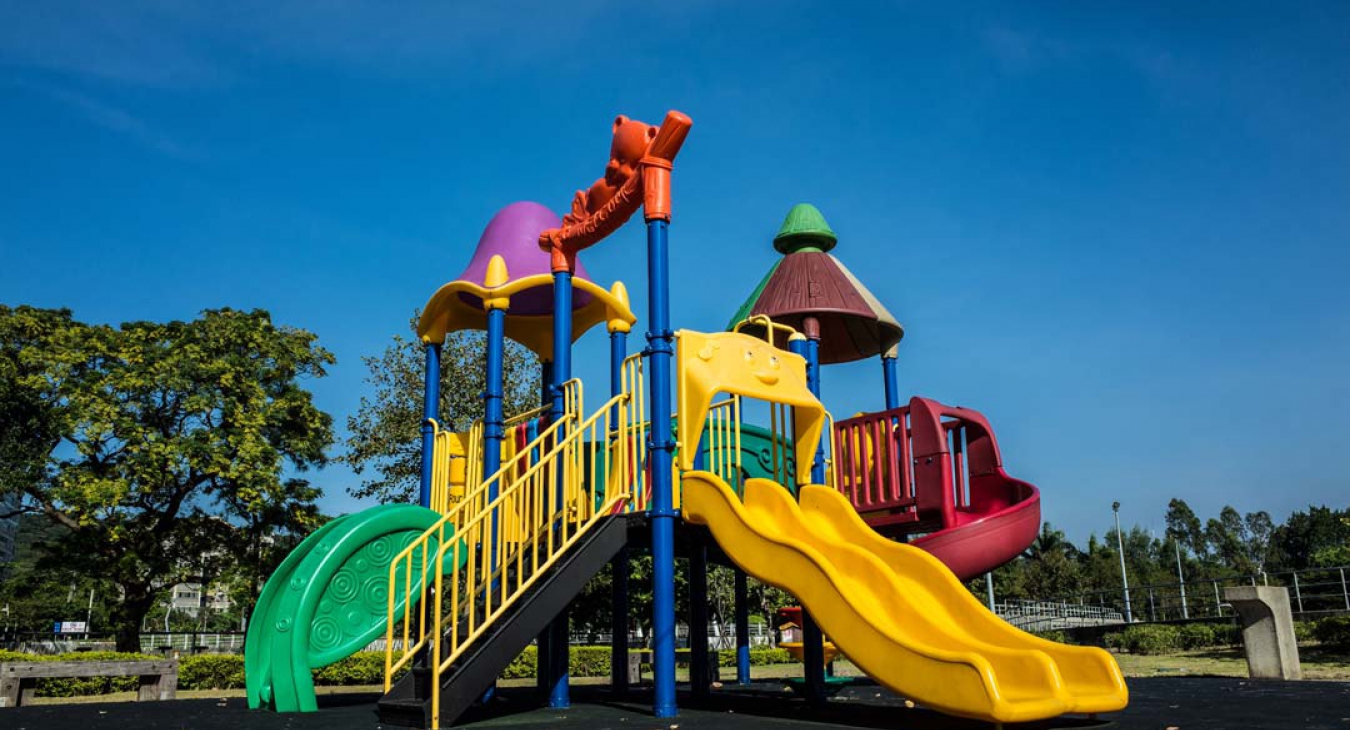
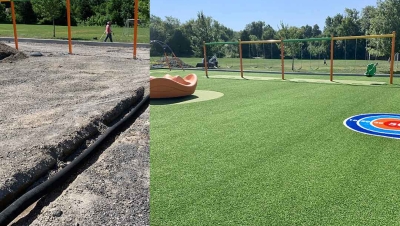

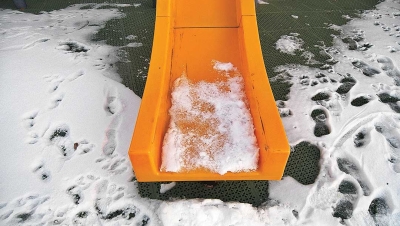


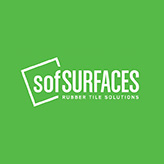
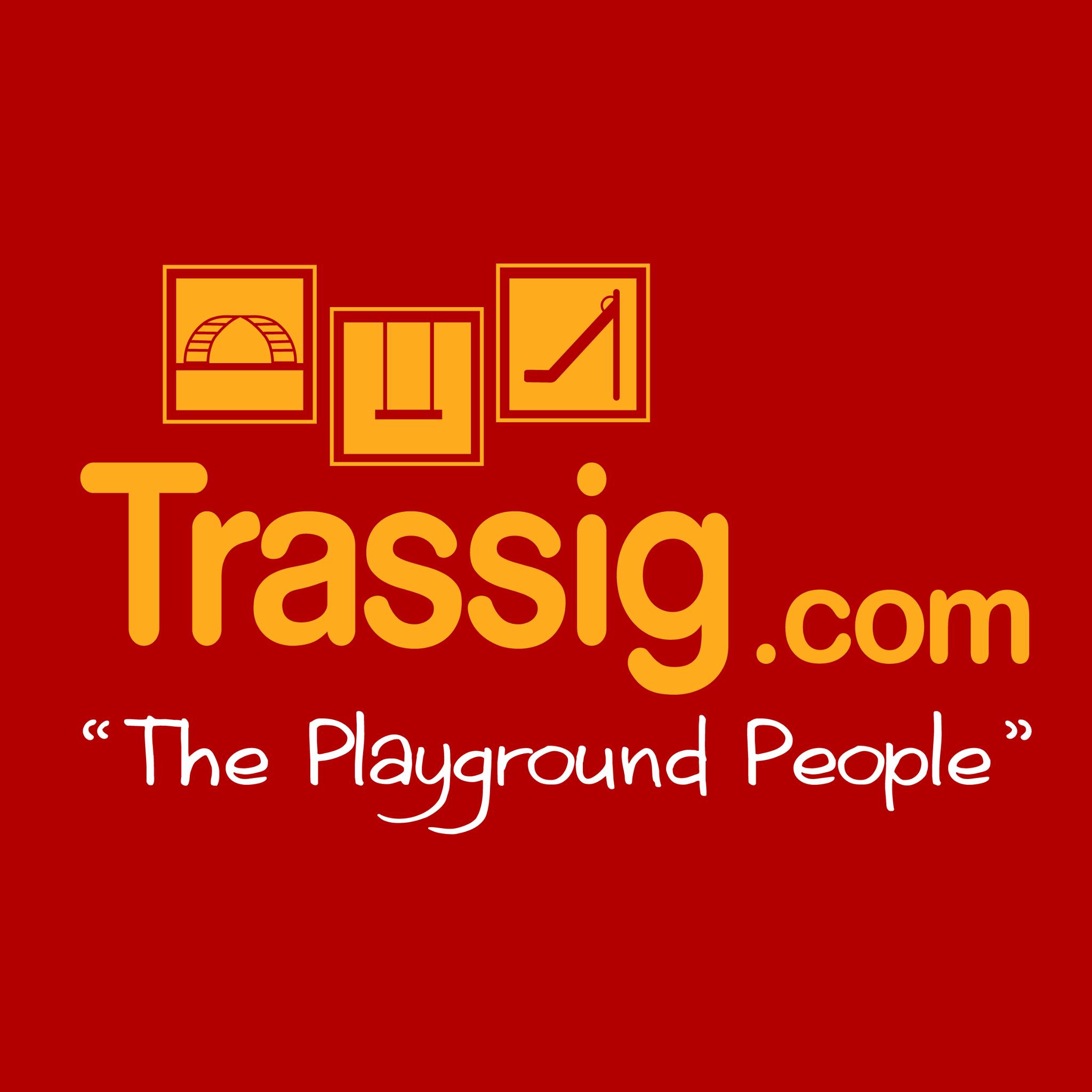


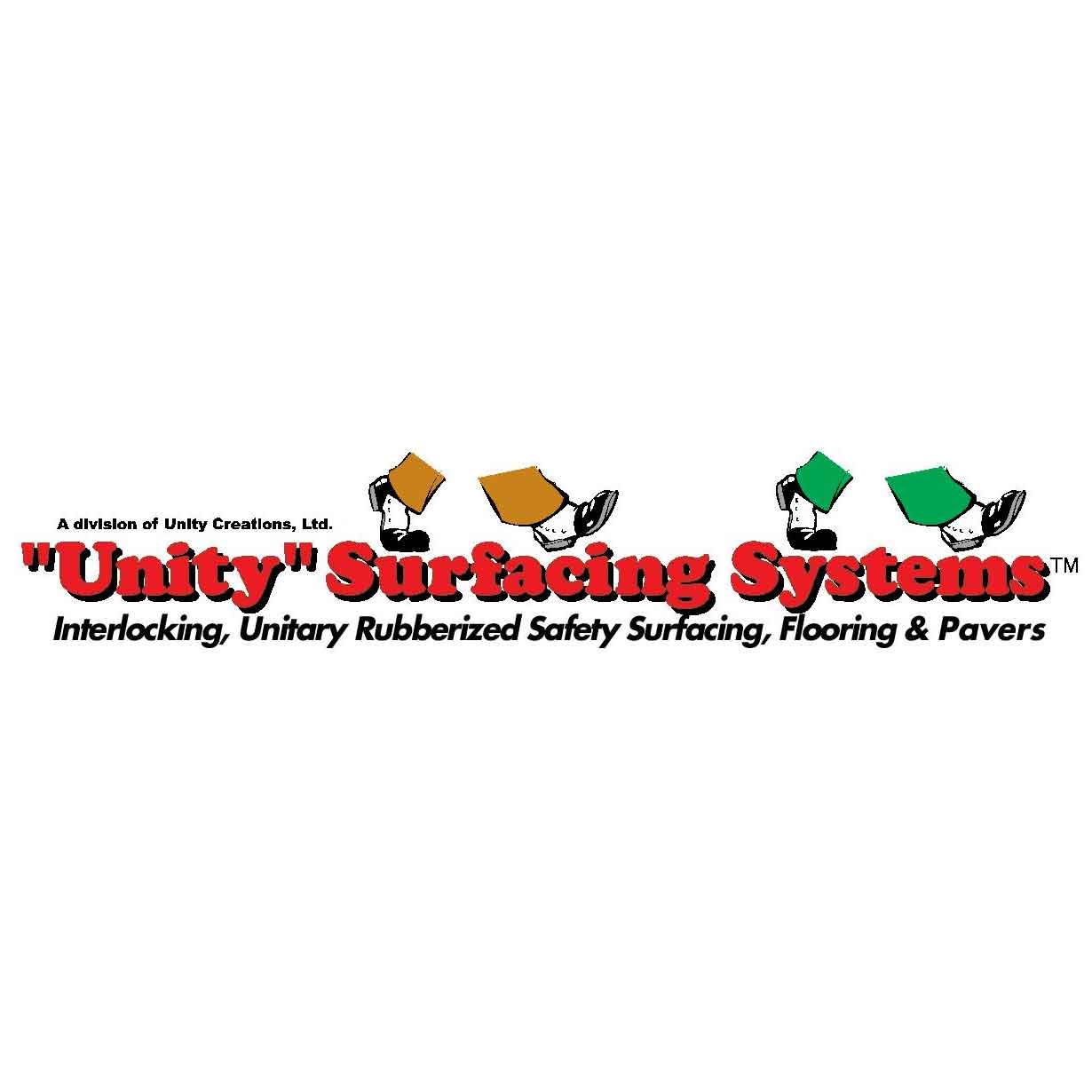

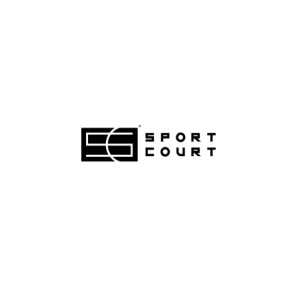
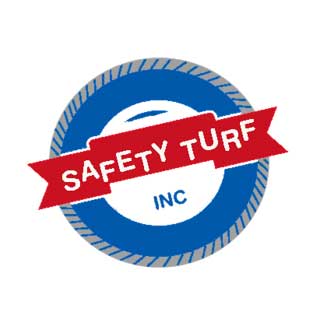

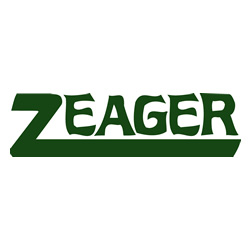

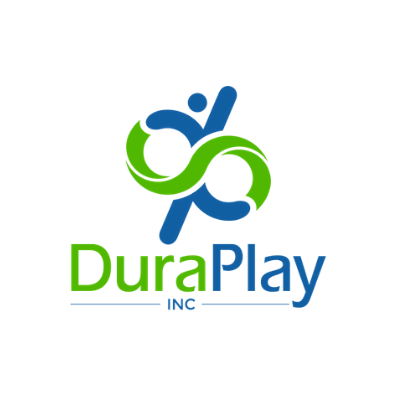
Training
Hello, we have varied levels of Team members with bonded rubber mulch surfacing and pour in play surfacing. Looking for a training class to repair issues that come up in our park system.
Add new comment